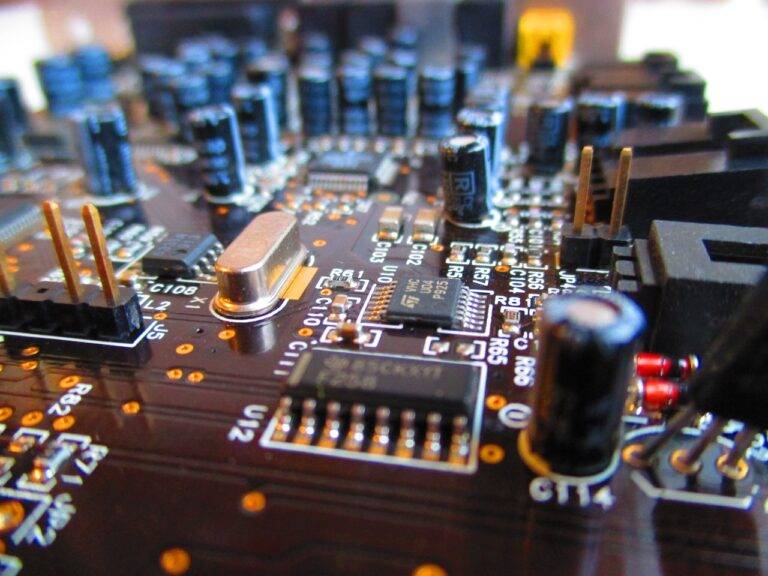The Rise of Smart Cities: Creating Connected Communities
The concept of a smart city revolves around the integration of technology and data to enhance the quality of life for its residents. By leveraging advancements in digital infrastructure, smart cities aim to improve efficiency, sustainability, and overall urban functioning. These cities prioritize innovation and connectivity to address urban challenges and provide a seamless urban experience for their inhabitants.
Smart cities harness the power of Internet of Things (IoT) devices to collect real-time data and optimize various aspects of urban living, such as transportation, energy consumption, and public services. Through smart sensors and connectivity, these cities can respond proactively to changing needs and foster a more responsive and adaptable urban environment. The evolution of smart cities signifies a shift towards a more interconnected and efficient urban landscape, where technology plays a pivotal role in shaping the future of urban living.
Benefits of Smart Cities
Smart cities offer numerous advantages to both residents and the environment. One of the key benefits is enhanced efficiency in various services such as transportation, energy, and waste management. By leveraging technology and data analytics, smart cities can optimize resources and streamline operations to improve overall service delivery.
Additionally, smart cities promote sustainability and reduce their environmental footprint through better resource management. For instance, the implementation of smart grids helps in the efficient distribution of energy, leading to reduced energy consumption and lower greenhouse gas emissions. This focus on sustainable practices not only benefits the environment but also contributes to a higher quality of life for residents.
• Enhanced efficiency in transportation, energy, and waste management
• Optimization of resources through technology and data analytics
• Streamlined operations for improved service delivery
• Promotion of sustainability and reduced environmental footprint
• Efficient distribution of energy with smart grids
• Lowered energy consumption and greenhouse gas emissions
Overall, the benefits of smart cities extend beyond just convenience for residents. The implementation of innovative technologies not only improves the quality of services but also helps in creating a more sustainable environment for future generations. By embracing the concept of smart cities, communities can work towards a better tomorrow while enjoying the advantages that come with living in a digitally connected urban environment.
Key Components of a Smart City
A smart city encompasses various key components working together to enhance the quality of life for its residents. Sustainable urban mobility plays a crucial role in ensuring efficient transportation systems that reduce congestion and pollution. Through the integration of smart technologies, cities can offer multiple transportation options, such as bike-sharing programs and real-time public transport updates, facilitating smooth and eco-friendly commutes.
In addition to sustainable mobility, smart cities prioritize the implementation of innovative energy solutions. Smart grids enable cities to optimize energy distribution, reduce waste, and promote the use of renewable sources. Energy-efficient buildings equipped with smart appliances further contribute to lowering energy consumption and overall carbon footprint, creating a more sustainable urban environment for residents to thrive in.
What is the concept of a Smart City?
A Smart City is a city that uses technology and data to improve the quality of life for its residents, enhance sustainability, and improve efficiency in services and infrastructure.
What are some benefits of Smart Cities?
Smart Cities offer a wide range of benefits, including improved resource management, enhanced public safety, increased economic development, better transportation systems, and overall increased quality of life for residents.
What are the key components of a Smart City?
The key components of a Smart City include smart infrastructure (such as smart buildings and transportation systems), IoT devices, data analytics, connectivity, and citizen engagement platforms.
How do Smart Cities use data analytics?
Smart Cities use data analytics to collect and analyze data from various sources, such as IoT devices, sensors, and social media, to make informed decisions and improve services and infrastructure.
How can citizens engage with Smart City initiatives?
Citizens can engage with Smart City initiatives through various channels, such as mobile apps, online platforms, and community events. Their feedback and participation play a crucial role in shaping the development of Smart Cities.





